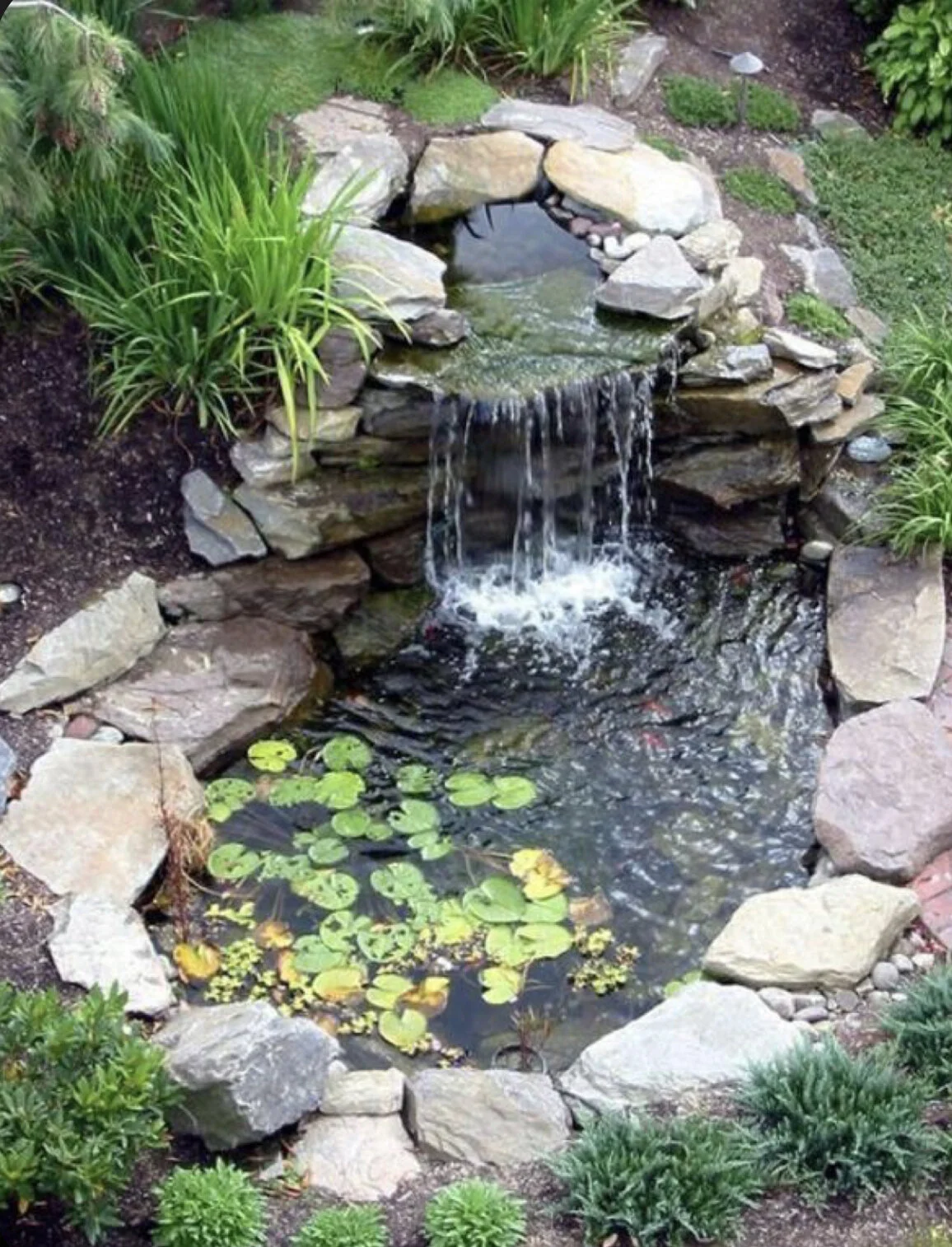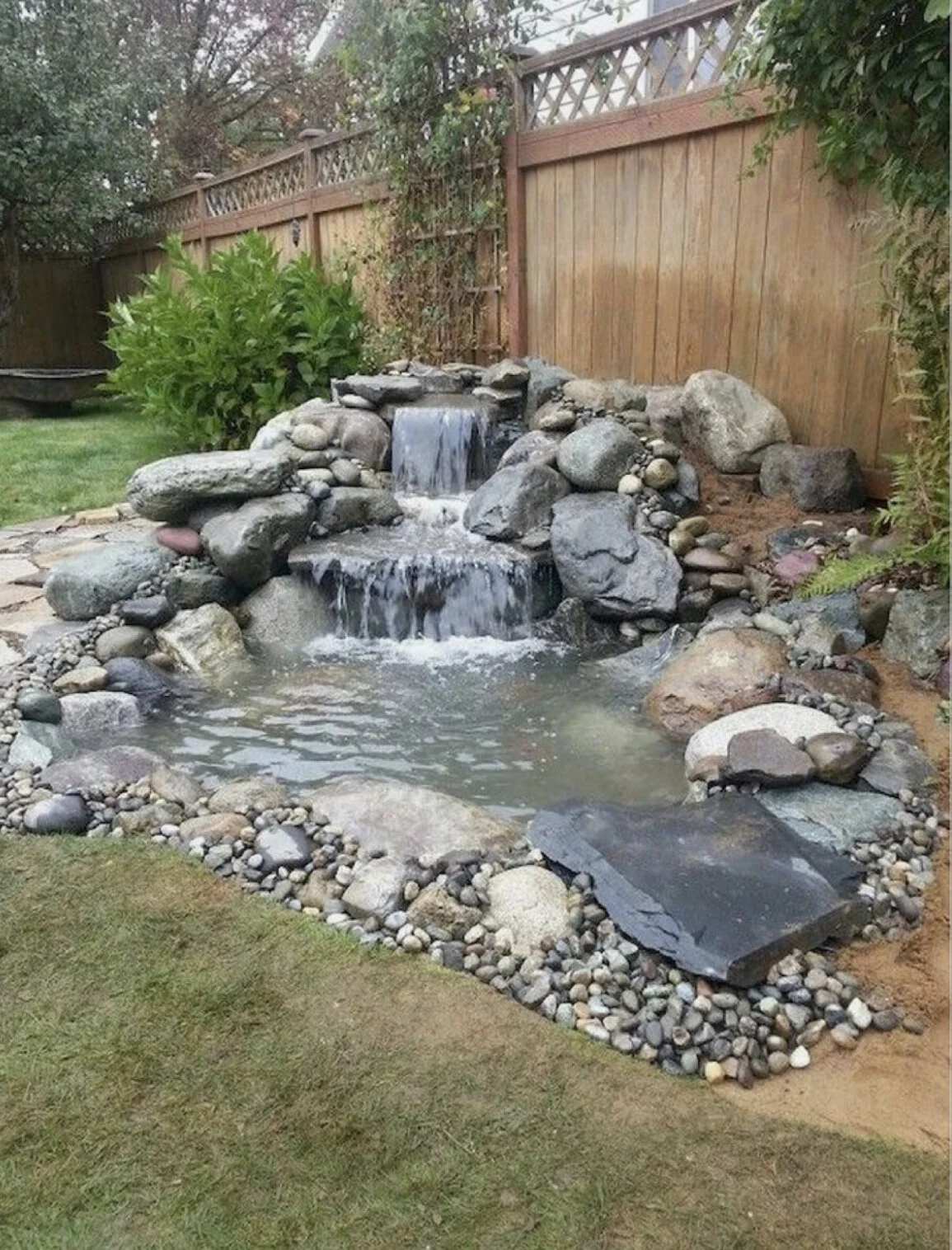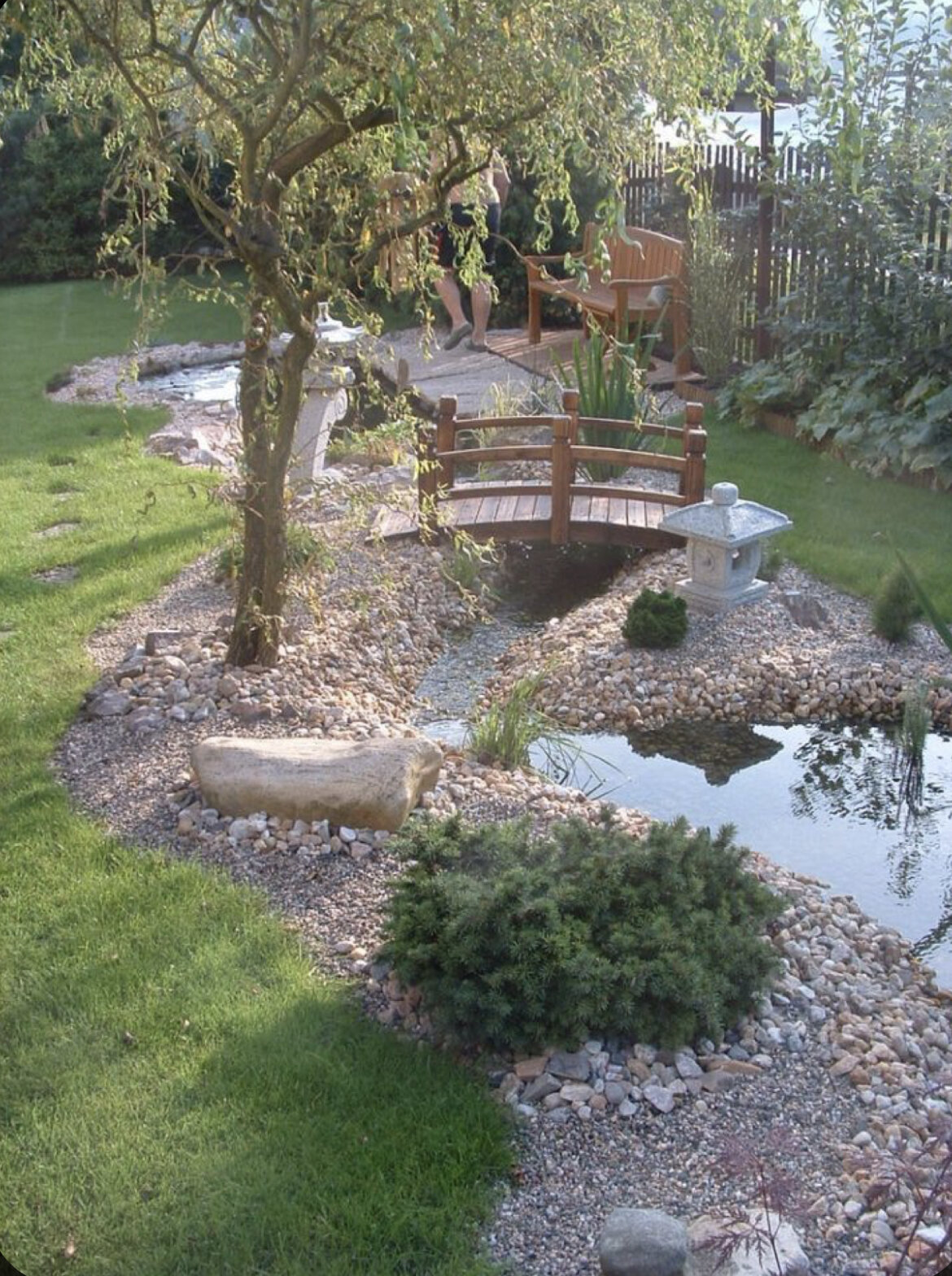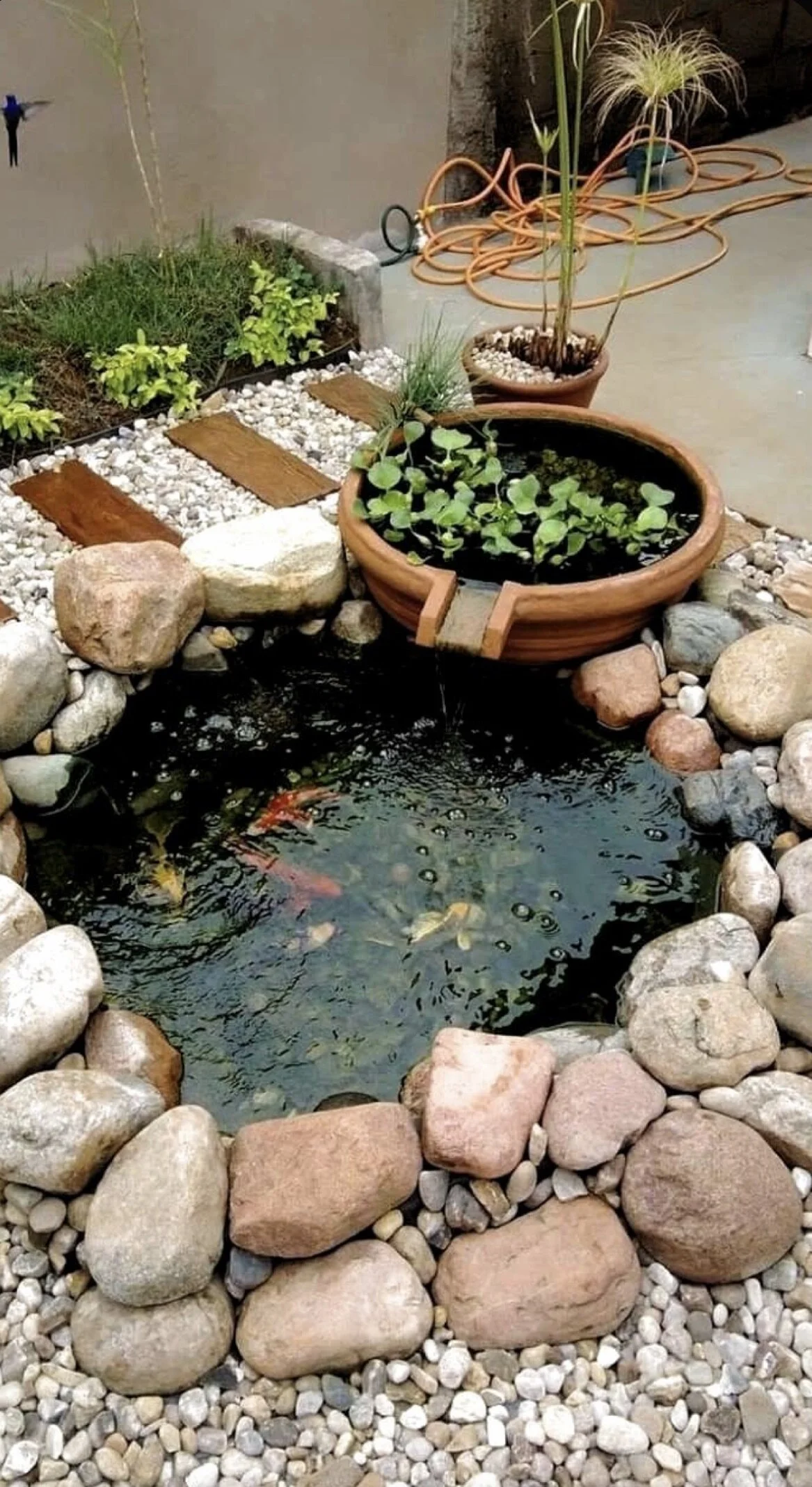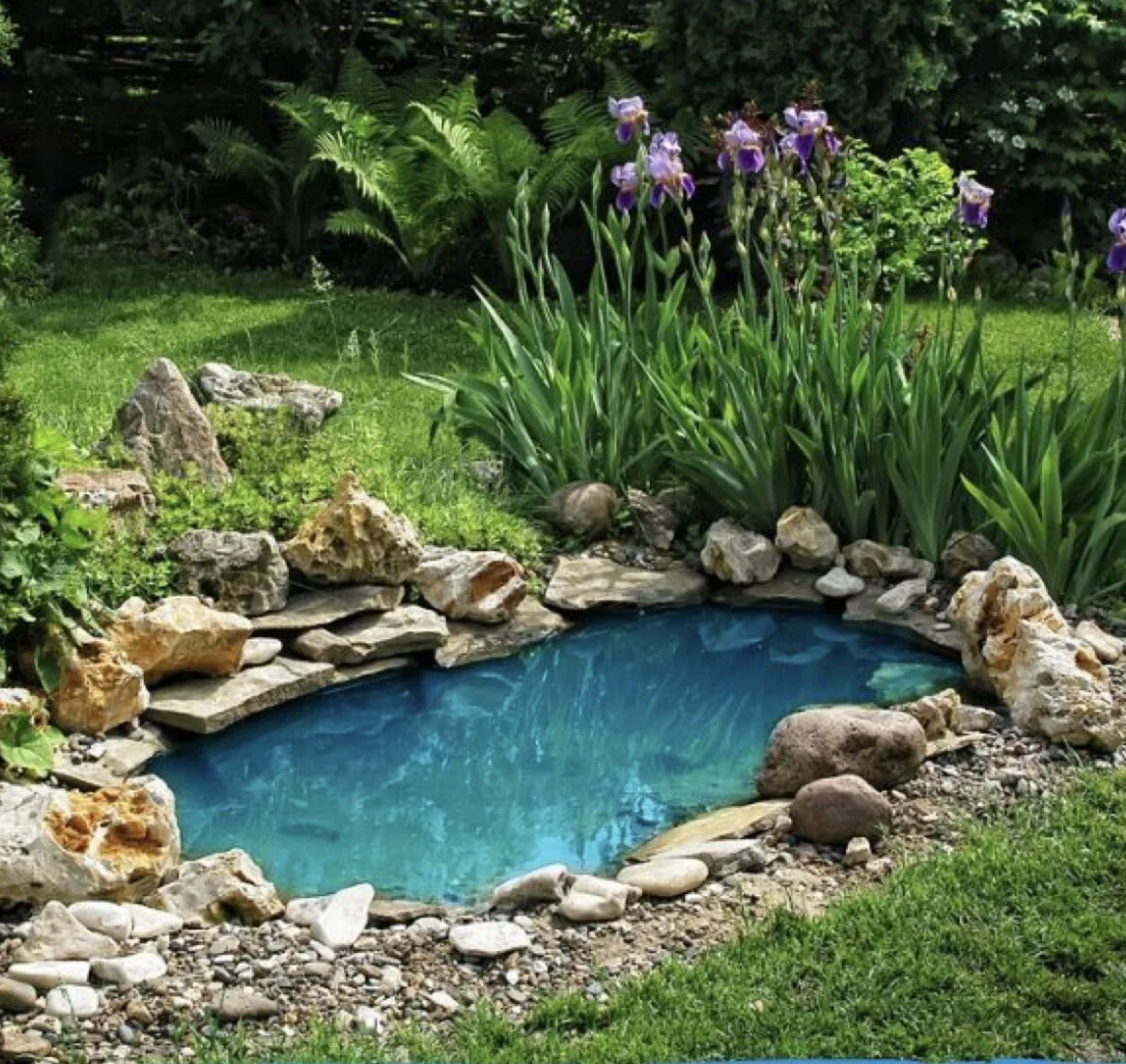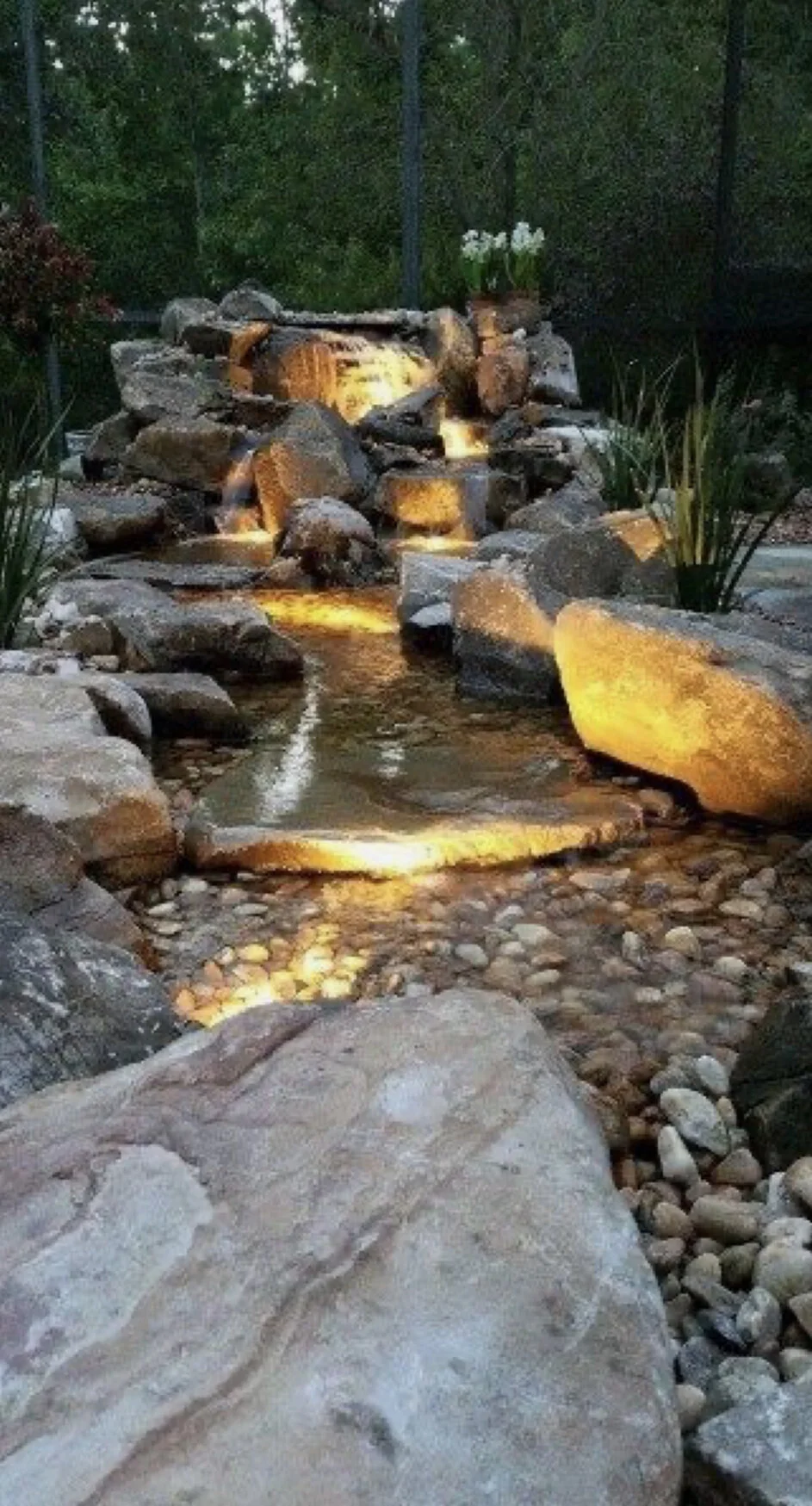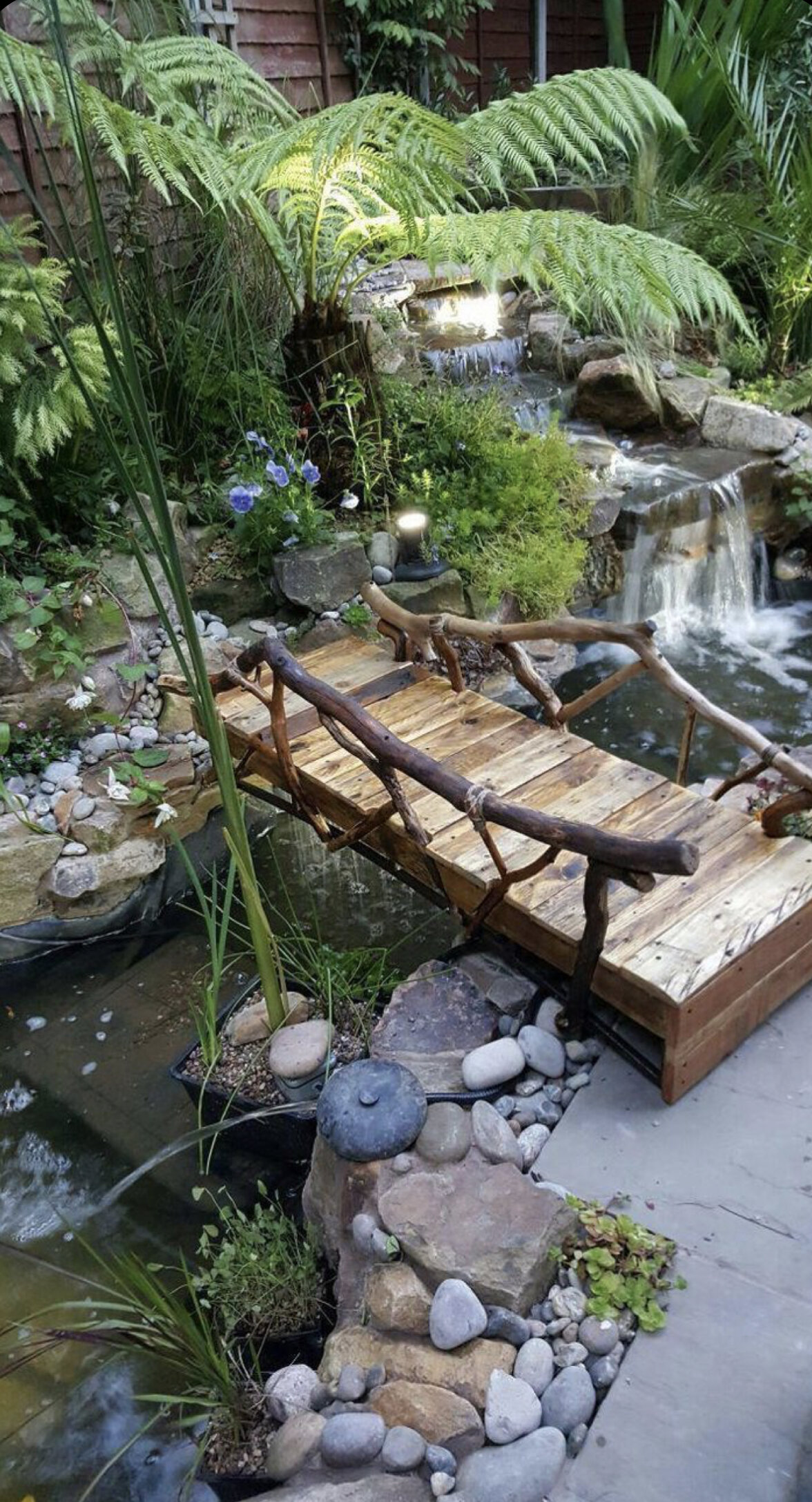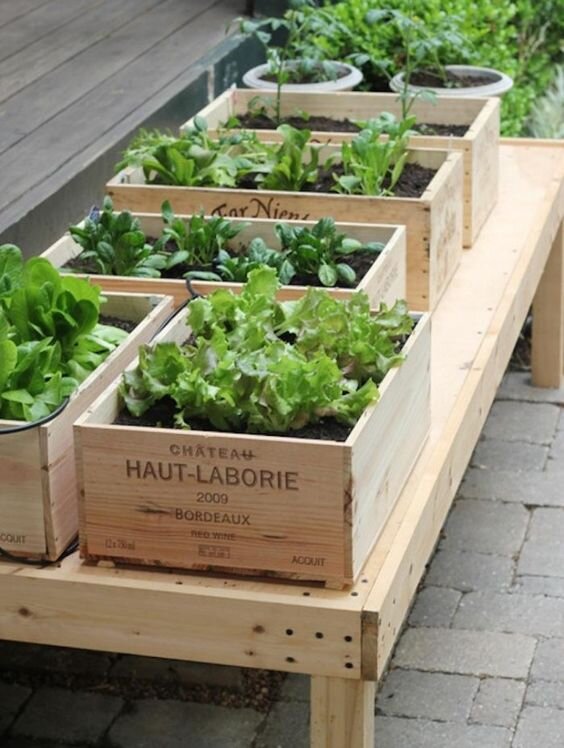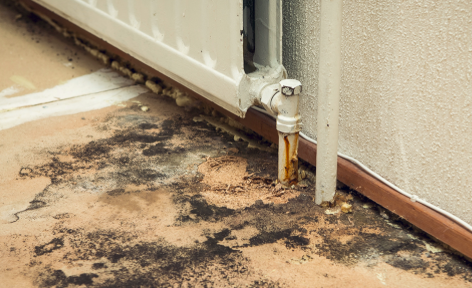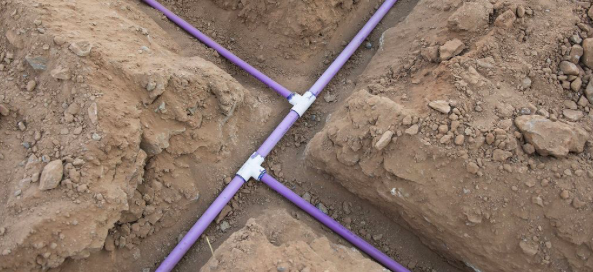10 Ways to Create a Stylish Small Home Office
RH Business Marketing Solutions
10 Ways to Create a Stylish Small Home Office
Image Source: Unsplash
The idea of a home office may seem like a luxury but creating your own small and stylish workspace is easier than you think. A full-size home office can be a costly commitment, but for something smaller you only need a little bit of effort and creativity. Here are ten ways to create a small home office.
1. Use a Spare RoomIf you have a spare room, consider whether you could convert it into a home office. A guest bedroom can be easily transformed by swapping out the bed for a fold-out sofa bed. This way you still have a place for guests to stay. A garage, basement or even a garden shed can also be turned into a suitable office space with a little refurbishment.
2. Use Another Space
If you don’t have a spare room, you can still create an office in another space. Look around your house and see if there are any unused areas. This could be the corner of a bedroom, living room or dining room. Sometimes all you need to do is move a sofa or table over by a few feet to create that extra space.
3 Use a Room DividerIf you set up your office in a shared area, you may be concerned about privacy. It can be hard to focus on work if you have kids playing nearby or you’re sitting across from the TV. A simple and creative solution is to use a room divider. Room dividers are relatively inexpensive and come in a variety of styles and sizes. Not only is this a practical solution, it also adds character to the space.
4. Use A ClosetA creative way to maximise space is to convert an unused closet, large enough to fit a desk in. By placing a desk inside and adding a little decoration, you’ll have your own private workspace. A walk-in closet is ideal for this, but even smaller closets can still be used for office space. If you can’t fit a desk in there you could use it for storing your work materials.
5. Home ExtensionIf none of the above are possible, consider adding an extension to your house. One eco-friendly and affordable way to do this is to use a recycled shipping container. You’ll need to refurbish the container to provide proper insulation, electricity and lighting. But this can still be cheaper than a traditionally constructed extension. You can alter the container to blend in with the rest of your home, or leave its original appearance intact for a unique industrial look.
Image Source: Unsplash
6. LightingGood lighting is essential for any home office. While natural lighting is ideal, you’ll also want a source of light for working at night or if your office isn’t near a window. Don’t underestimate the effect a lamp can have on a space. Whether it’s a statement piece or something simple that complements the rest of the décor, a lamp is an effective way to add style.
7. FurnitureWhen choosing office furniture, it’s important to not only look for stylish pieces but ones with practical benefits too. You’ll want to find an ergonomic chair that supports your posture to avoid back pain from sitting too long. Or you could consider a standing desk. You could also try sitting on a Swiss exercise ball to engage your core muscles and help you keep fit while working.
8. Maximising SpaceA clever way to get around limited space is with multi-purpose or convertible furniture. You could use a desk that folds up into the wall, or a coffee table that doubles as storage. Wall-mounted shelving is another effective way to add extra storage space. You could also refurbish an unused cupboard or cabinet.
9. DécorUnlike a workplace office, a home office allows you to decorate however you want. You may want to decorate in a way that complements the rest of your house, or you could make it a unique space just for you. You can stick photos or paintings on the walls, place as many trinkets on your desk as you like. Pot plants and flowers can be used to liven up the space and add a pop of colour.
10. WallpaperUsing wallpaper or paint helps add style to your home office regardless of where you choose to set it up. This is a great way to distinguish the space if it’s in a shared area. By choosing a unique colour or pattern for the walls of your office you’ll be making it your own and adding character to the space.
A home office isn’t just for large houses. With a little creativity you can create your own stylish and inspiring workspace at home. If you’re tired of trying to work on a cluttered kitchen counter or not having space to focus, try some of these ideas.
Author bio:
Spending long hours in front of the computer makes Harper hugely appreciative of any change in activity – from quick stretching exercises to yoga and meditation! Discover more about her work on her personal blog.
Guest Contributor: Harper Reid




